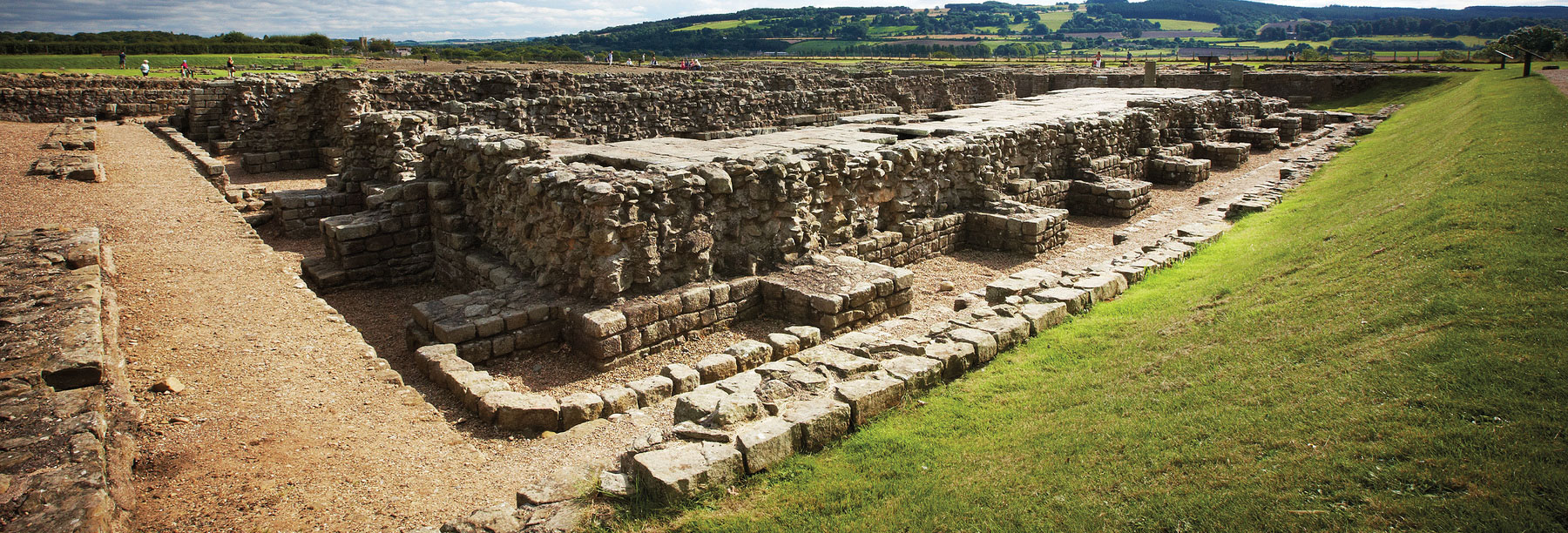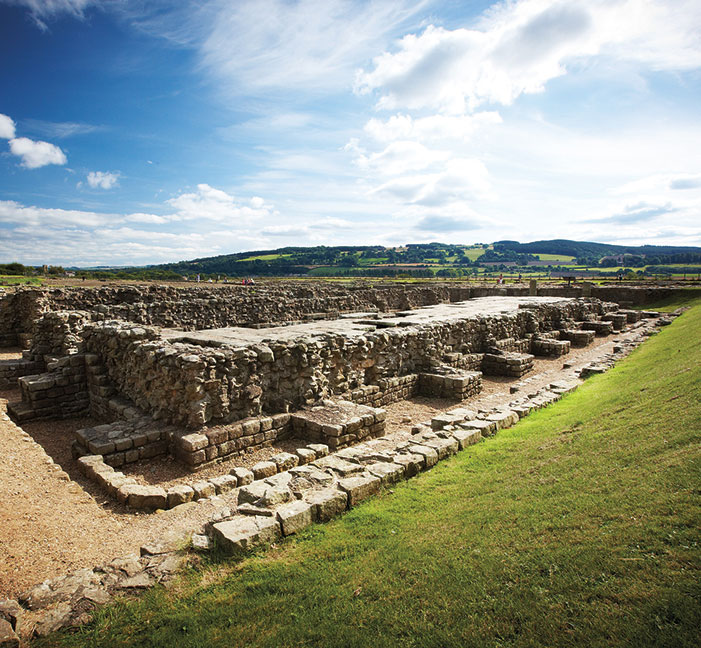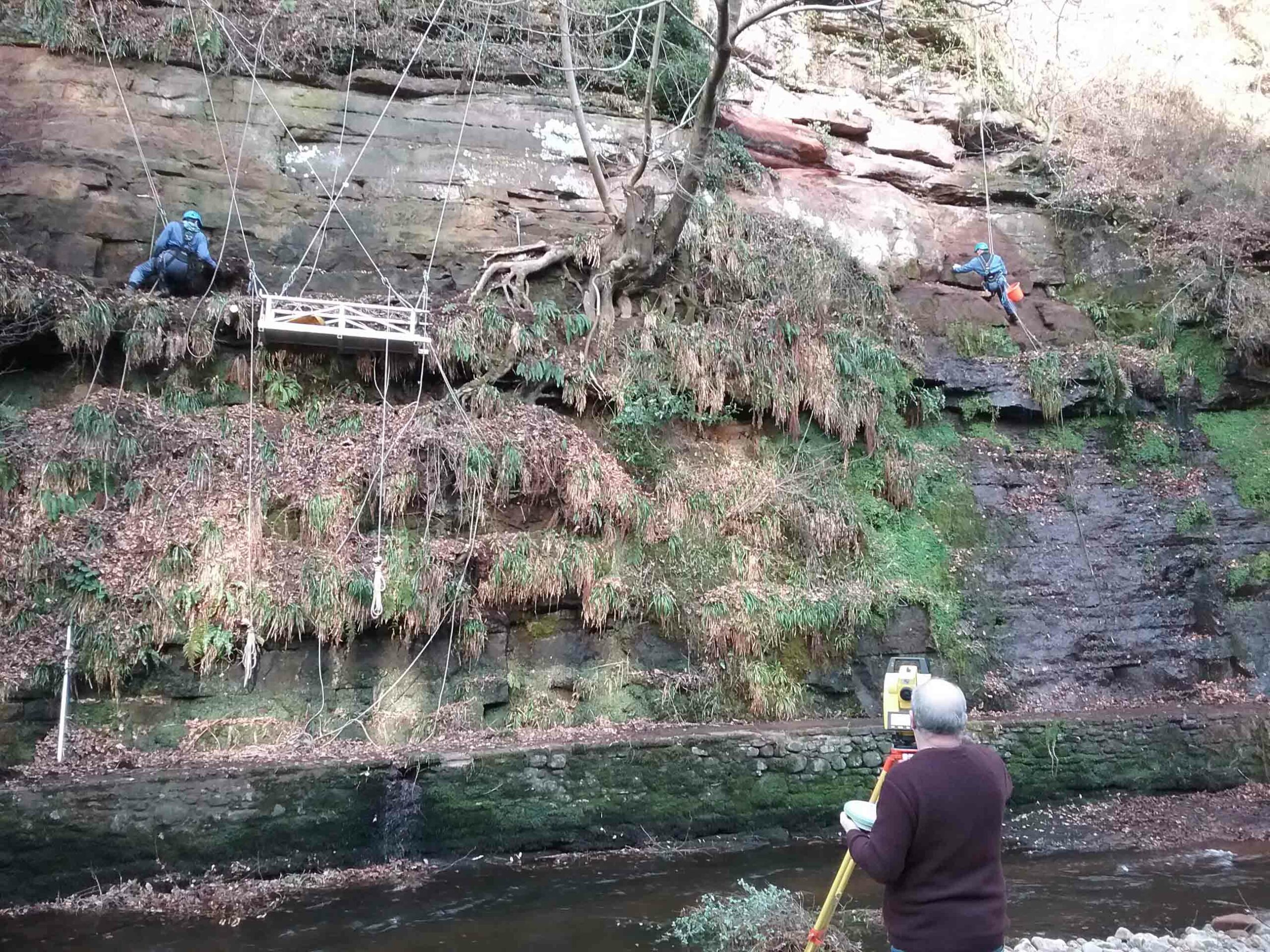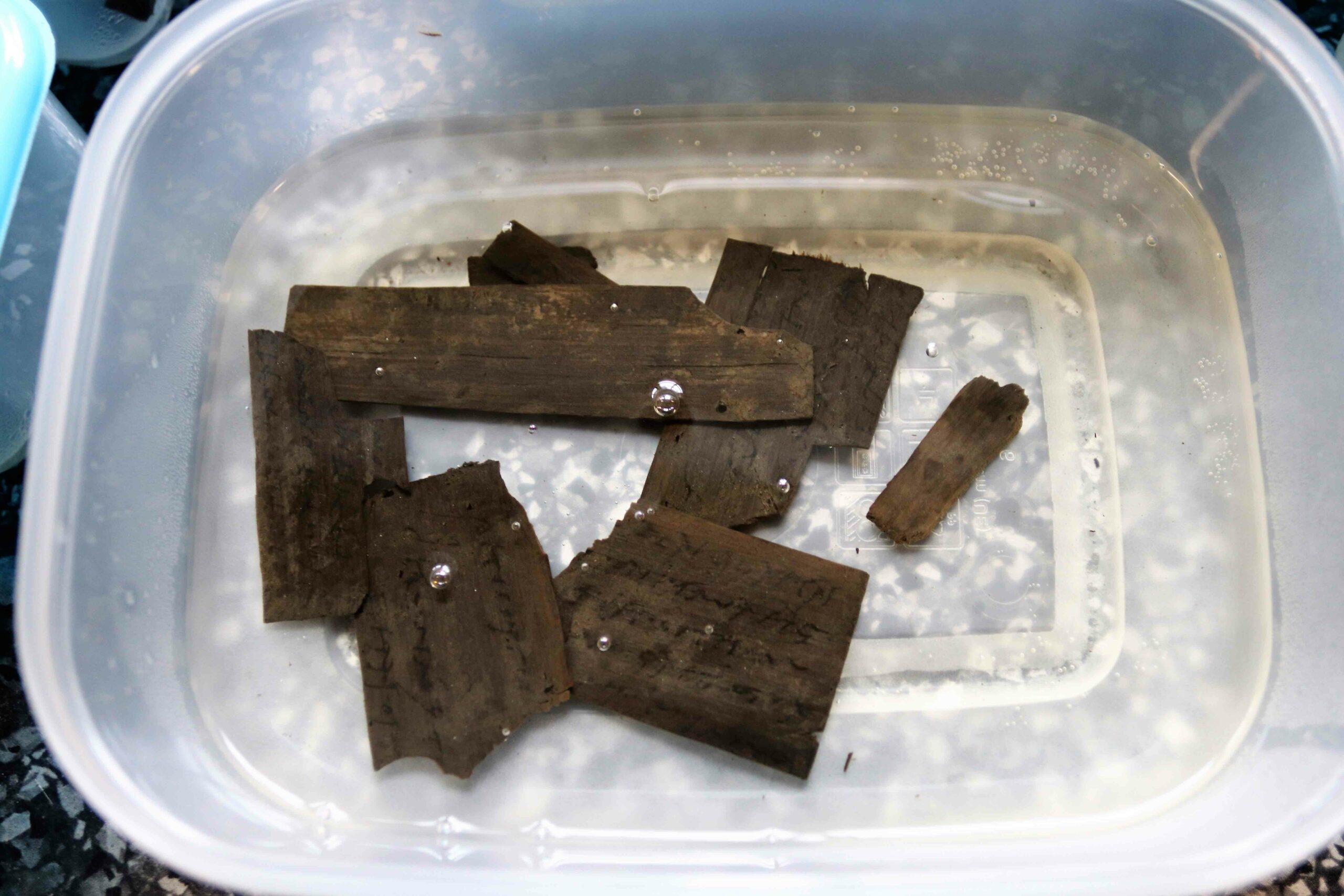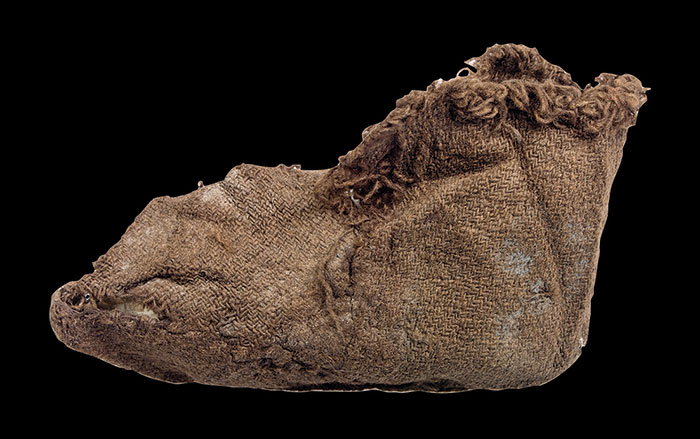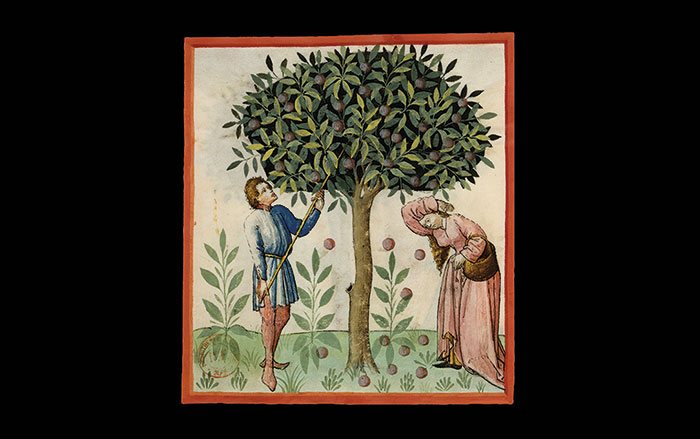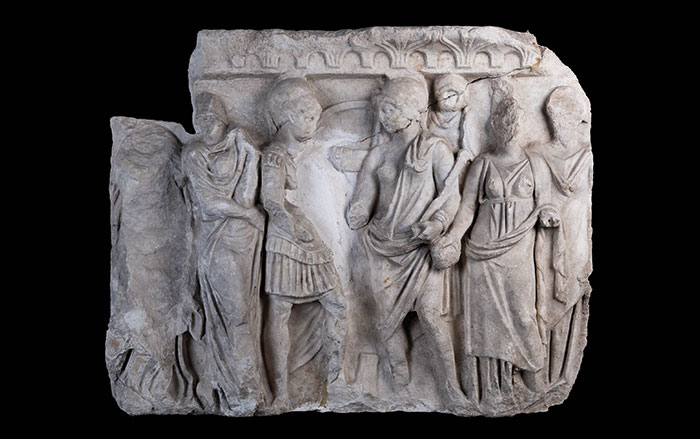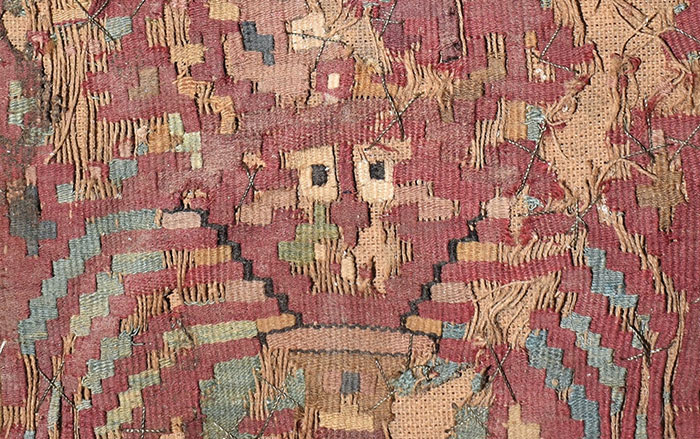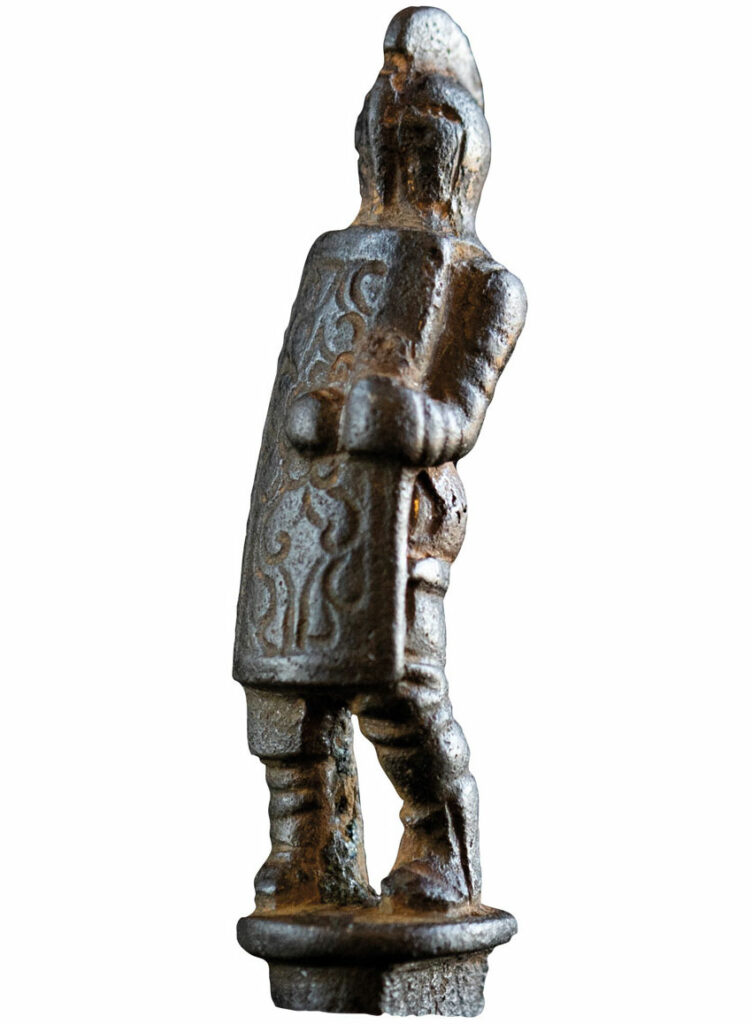
A bronze knife handle discovered in the 1990s in the northern English town of Corbridge depicting a left-handed gladiator has offered insight into fandom in the ancient Roman world. The two-inch-long handle, which once topped a folding pocketknife, was discovered in the River Tyne near a Roman fort built in the mid-80s a.d. The knife may have been a gift to a deity left by a soldier or merchant to ensure good fortune. “There’s a small platform at Corbridge where it looks as if people were offering things to the river,” says archaeologist and collections curator Frances McIntosh of English Heritage, who led a team that recently studied the artifact. “Roman religion was contractual, so the offering might have been in advance of asking for something or as a thanksgiving for having received something like safe passage across the frontier.”
The figure on the handle likely represents a type of gladiator known as a secutor, or pursuer, who may have chosen to train with his left hand to gain an advantage. (See “Let the Games Begin.”) “The knife handle tells us about leisure and fan culture and shows that gladiator fandom spread across the Roman Empire,” says McIntosh. “Even in Corbridge—the empire’s most northern town—gladiatorial combat was of interest and importance.”



